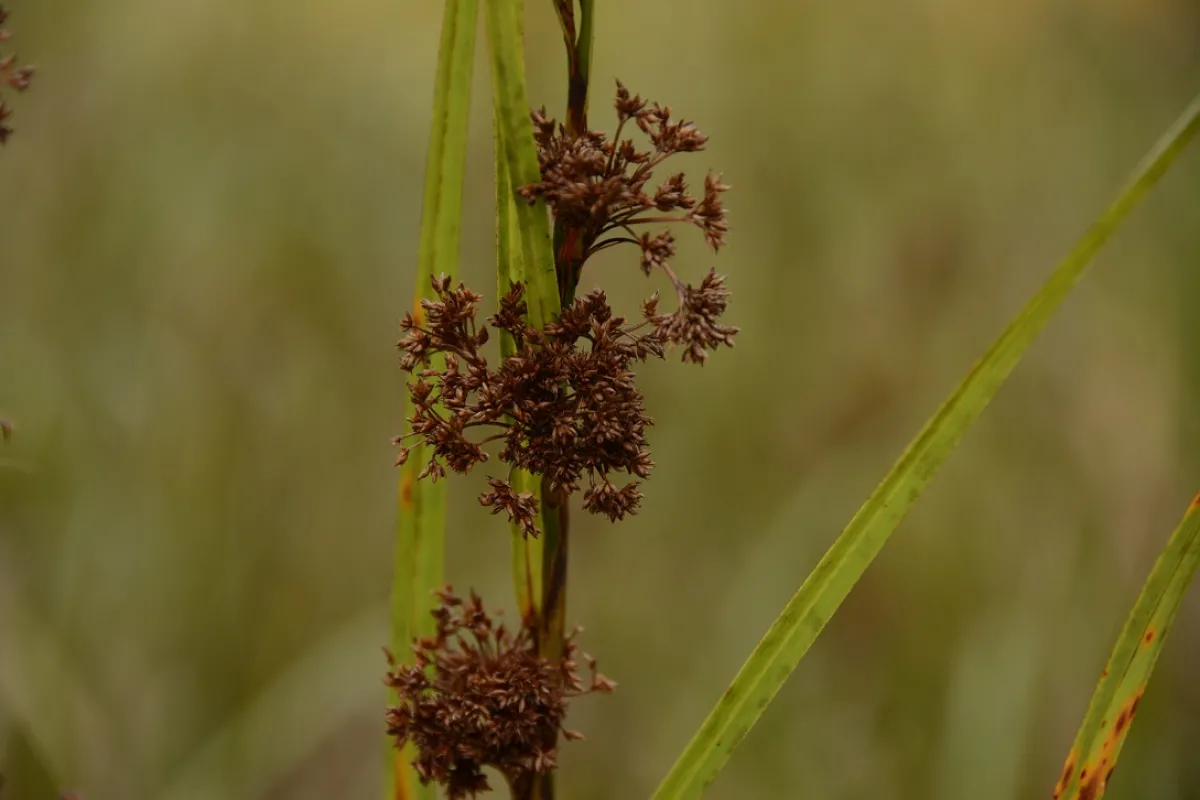On Tetiaroa it is found on seven of the motu, most notably around the lakes on Horoatera and Rimatu'u.
Cladium mariscus swamps are important stores of carbon in the form of deep organic peat soils, originating from years of build-up of decomposing plant litter.













